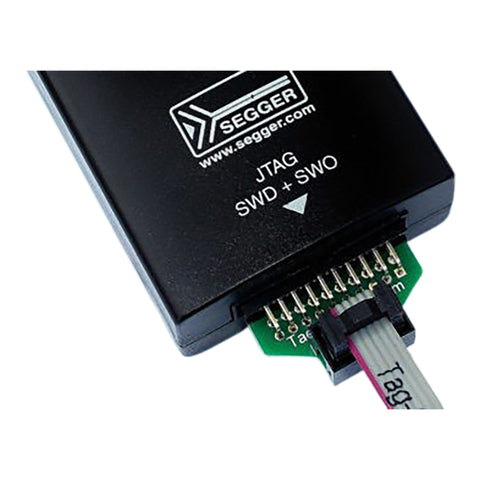
Tag-Connect cables are a popular solution for connecting debuggers, programmers, and test equipment to PCBs. They offer a simple, secure way to make electrical connections while saving space and cost on every board. Here are some detailed use cases of Tag-Connect cables:
- In-circuit programming: Tag-Connect cables are commonly used for in-circuit programming of microcontrollers, DSPs, and other programmable devices. They eliminate the need for a programming header or JTAG connector on the PCB, saving both cost and PCB real-estate. Tag-Connect offers solutions for a wide range of popular MCU and DSP families, making it a versatile option for developers and manufacturers.
- Testing and debugging: Tag-Connect cables can also be used for testing and debugging PCBs. They provide a reliable electrical connection that can be trusted for as long as required. The cables are available in two versions: 'Legged' and 'No Legs', both of which have a Tag-Connect connector on one end and a traditional connector on the other.
- DIY projects: Tag-Connect cables can be used in DIY projects that require a reliable electrical connection. For example, they can be used to connect sensors, actuators, and other components to a microcontroller or other programmable device.
- Educational purposes: Tag-Connect cables can be used in educational settings to teach students about in-circuit programming, testing, and debugging. They offer a simple and cost-effective way to introduce students to the world of embedded systems.
When using Tag-Connect cables, it is important to consider the method of holding the cable in position to maintain a stable and secure connection for an extended period.
Before using Tag-Connect, you must decide which version of Tag-Connect is best for your application. Legs or No-Legs for information on the two versions and other related products. You should also put the Tag-Connect footprint on your PCB. You can download the appropriate decal from the Decal Libraries for Common Layout CAD Packages. If there is no decal for your CAD package, PDFs of the footprint designs are also available. Read the ‘Design Considerations’ below for information which will help you position the Tag-Connect footprint on your PCB. When planning the location of the Tag-Connect on your PCB, take the following into consideration:
- There are no restrictions on the location of the Tag-Connect footprint, provided you have sufficient area available. Tag-Connect may be positioned close to the CPU. Unlike a conventional modular jack connector, Tag-Connect does not have to be placed near the edge of the PCB.
- If you are using the TC2030-MCP-NL (No Leg) version of Tag-Connect for debugging, it may be desirable because of its extremely small footprint. Maintaining a stable, secure connection for an extended period requires that you have a method of holding the Tag-Connect cable in position

In conclusion, Tag-Connect cables offer a versatile and cost-effective solution for in-circuit programming, testing, and debugging of PCBs. They are widely used in the industry and can also be used in DIY projects and educational settings. When using Tag-Connect cables, it is important to consider the method of holding the cable in position to maintain a stable and secure connection for an extended period. Additionally, it is important to choose the right version of Tag-Connect for your application and to put the Tag-Connect footprint on your PCB.




